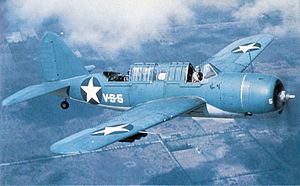Massive fraud at a Warminster aircraft factory caused its U.S. seizure in World War II.
About a week ago, I drove to the Wings of Freedom Aviation Museum in Horsham in hopes of finding a piece of the past. “I’m looking for anything you have here on fighter planes built in Warminster for World War II,” I announced. The answer was quick. “Nope. Nothing.” Not even a photo or something written? “No, sorry.” Odd to me, given the museum’s wealth of historical aircraft and information on aviation history.
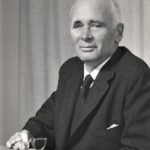
So it was off to Warminster and the Johnsville section where I knew Brewster aircraft were built in the war. Company hangers are long gone. However, the impossibly wide tarmac where fighter planes took off and landed is a significant part of Warminster Community Park. The day of my visit, a pet adoption show with scores of vendors held sway on the flight path. Yet nothing recalls the Brewster story. Perhaps for good reason. It’s a tale of good intentions descending into fraud, mismanagement and pilots flying deathtraps into combat in the war.
The scandal swirled around James Work, a Bucks County entrepreneur who built the factory and airfield in Johnsville. Work graduated in 1913 from Doylestown’s National Farm School. Hired to manage a dairy farm in Perkiomenville, he enrolled at Philadelphia’s Franklin Institute to become a draftsman. That propelled him in 1921 to chief engineer at the Naval Air Station in Lakehurst, N.J. where he supervised development of dirigibles and was in the test crew of the USS Shenandoah, the first American airship to cross North America.
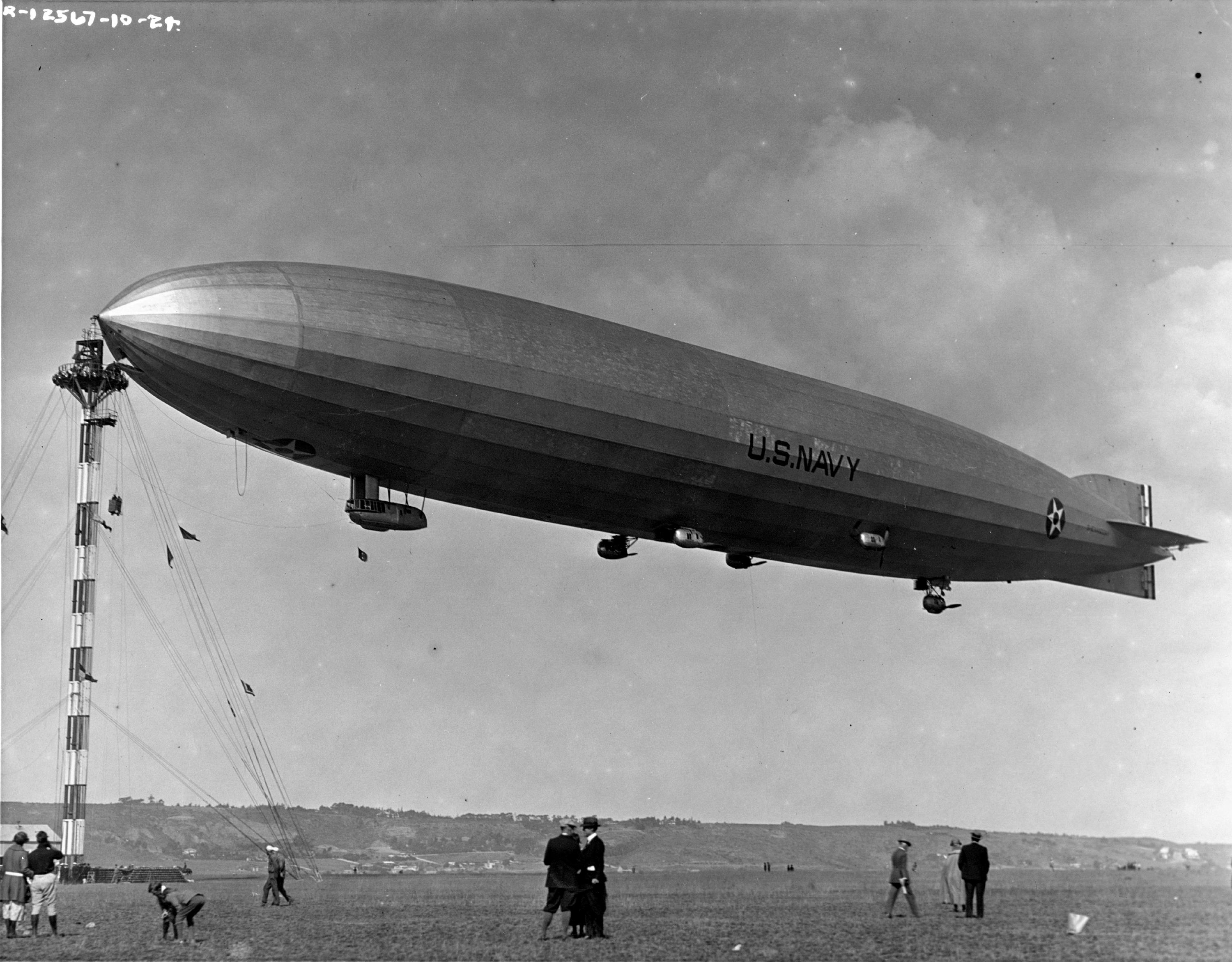
Work eventually became vice president of Lockheed Aircraft Corporation in California. In 1931, he left Lockheed to found Brewster Aeronautical Corp. on Long Island. Brewster grew rapidly from 40 employees in 1932 to 20,000 by World War II.
With a surge in military contracts, Work purchased farmland in Warminster for a landing strip and aircraft assembly hangars employing 6,000 workers. The plan was to construct two types of planes – a carrier-based fighter nicknamed the “Buffalo” and a two-seat dive bomber called the “Buccaneer”. Parts from plants in Long Island and Newark, N.J. were shipped to Bucks.
The Buffalo proved to be too slow and lightly armored against enemy aircraft. Of 20 that fought in the Battle of Midway in 1942, 13 were shot down by superior Japanese fighters. Squadron Capt. Philip Renee White was furious. “Any commander that orders pilots out for combat in a (Buffalo) should consider those pilots lost before leaving the ground.”

The highly anticipated Buccaneer was to begin rolling out of Johnsville in early 1942. Production stalled however. Some blamed labor issues including wartime strikes. Others insisted “aliens” were running the company. “What’s the matter with Brewster; why are they not producing?” editorialized the Hatboro Spirit newspaper. When the company failed to deliver a single new Buccaneer in 1942, the Navy seized Brewster, declaring it “essential to the war effort.” Congressional hearings revealed sabotage and loafing in the factory, derisively termed “The Bucks County Playhouse” for allegations of sexual trysts in plane fuselages. Missing tools and sloppy quality control were a constant problem.
With $100 million in orders on file, Work remained silent. Things only got worse. The Philadelphia Record revealed a profit-skimming operation had crippled Brewster. Alfred and Ignacio Miranda, Mexican-born immigrants, and associate F. William Zelcher were behind the scheme. Work had hired them as company salesmen. What he perhaps didn’t know was the Mirandas had spent two years in prison for smuggling weapons to Bolivia in violation of a U.S. arms embargo.
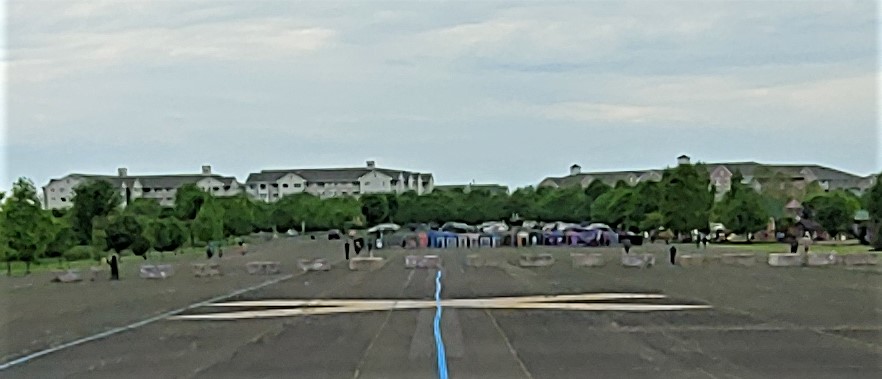
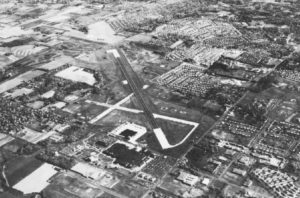
The brothers and Zelcher marketed Brewster products to allied nations through their Brewster Export Corp. The trio over-promised delivery of planes while siphoning off $5.5 million in commissions. When news broke, angry stockholders filed a $10 million lawsuit against Work who resigned. The Navy tried to rectify the situation but eventually cancelled all orders and closed the plant. In 1944, Work regained control, declared bankruptcy and sold the Johnsville property to the Navy for what would become the Naval Air Development Center. There in the 1950s and ’60s astronauts prepared for space flight on the world’s largest human centrifuge. The 800 acre research campus also produced many breakthroughs in weapons technology and aircraft testing throughout the Cold War until the base closure in 1996.
As for Jim Work, he returned to his roots at the Farm School in Doylestown. As president, he diversified its academic programs and initiated a name change to Delaware Valley College of Science and Agriculture. After retiring in 1974, he served as chancellor until his death in 1977. The college is now Delaware Valley University.
A few miles away, the NADC has become a business center. The former Brewster aircraft hangers were leveled for Ann’s Choice retirement community. Nearby, the human centrifuge is a special events center. Lost is the notorious saga of the Brewster Aeronautical Factory.
Sources include “Production Not Proved Adequate” about the U.S. Navy seizure of Brewster published on May 4,1942 in Time magazine; “End nears for a plant that made flying junk” by Matthew P. Blanchard published on July 5, 2001 in the Philadelphia Inquirer; a biography of James Work on Delaware Valley University’s website, www.delval.edu/; and a history of Brewster found at www.navairdevcen.org/PDF/NADC_History.pdf A nod of appreciation to Bucks County Community College library for its help.

